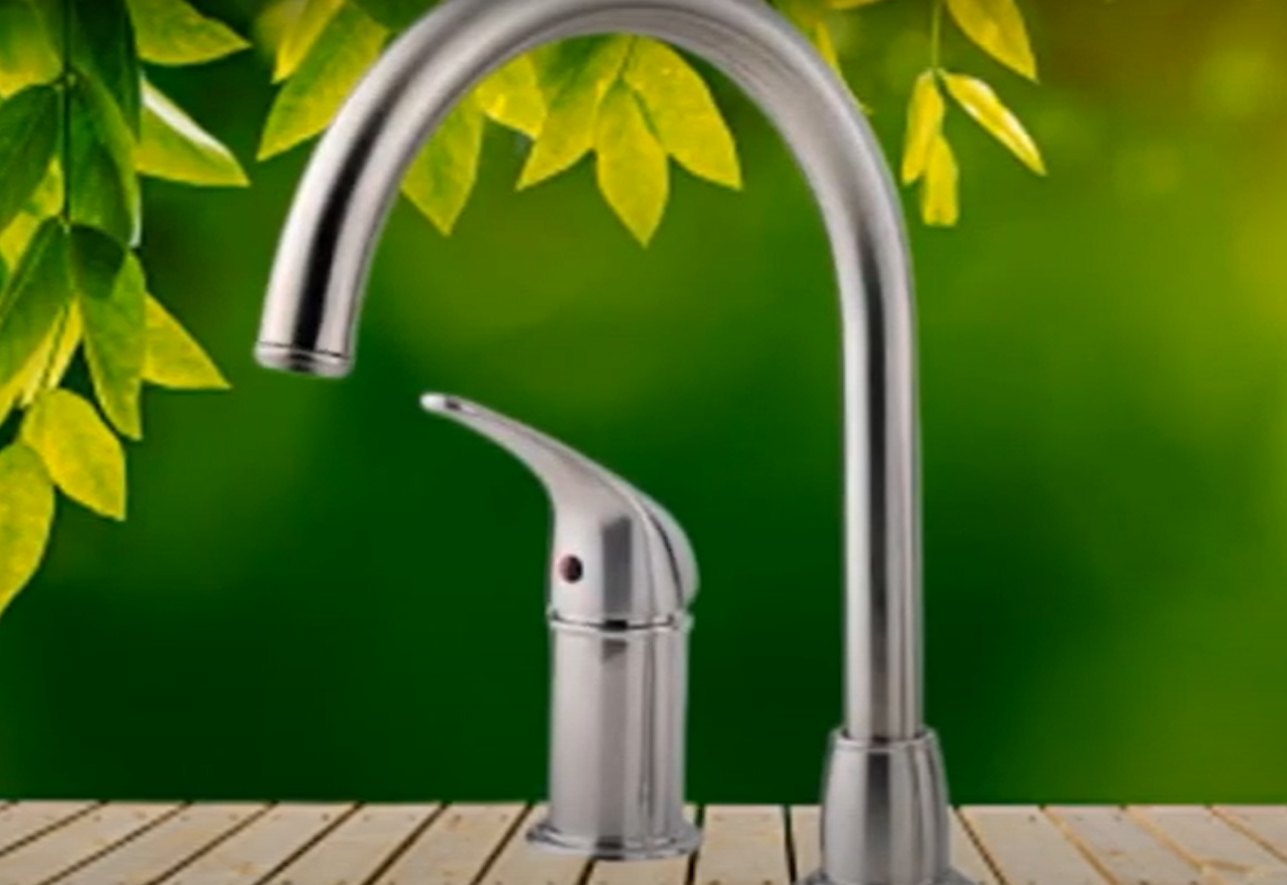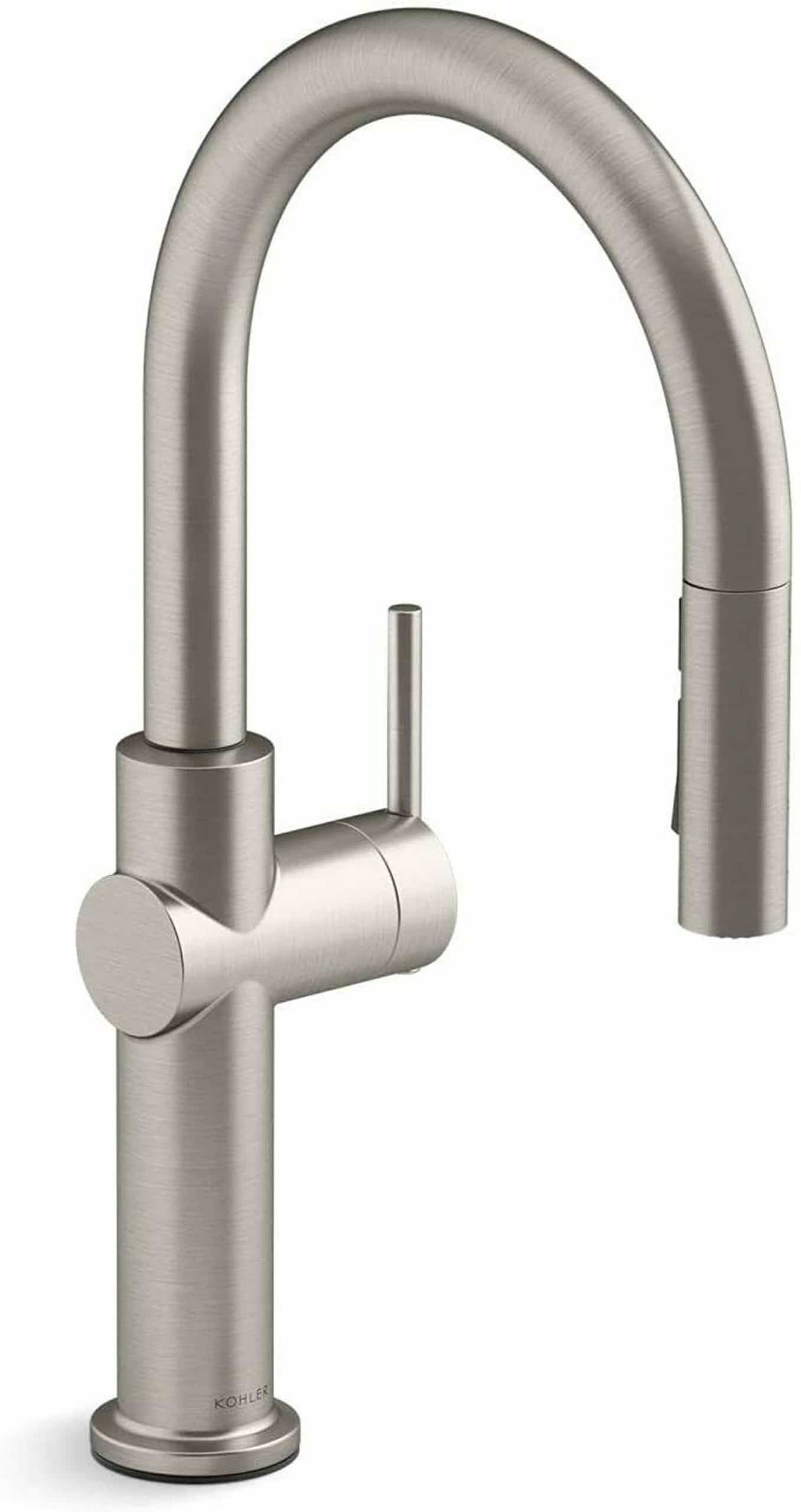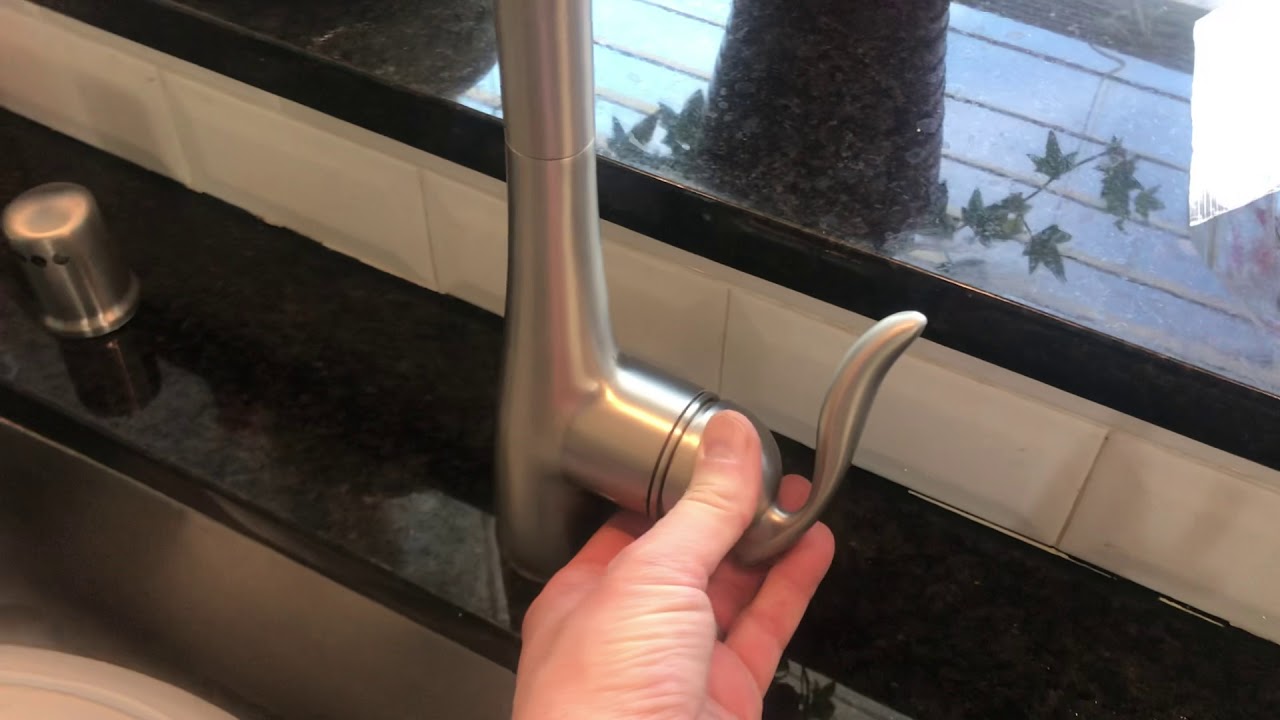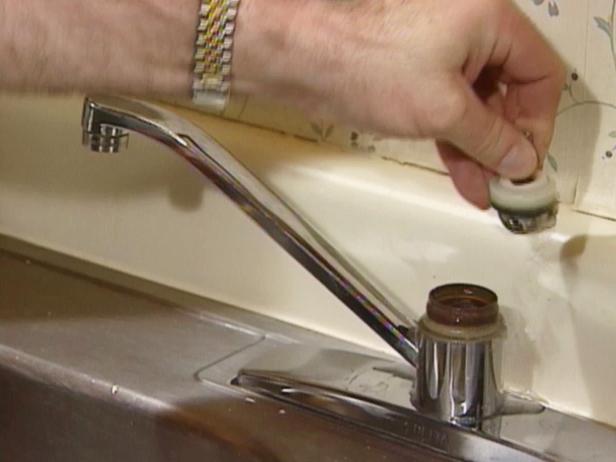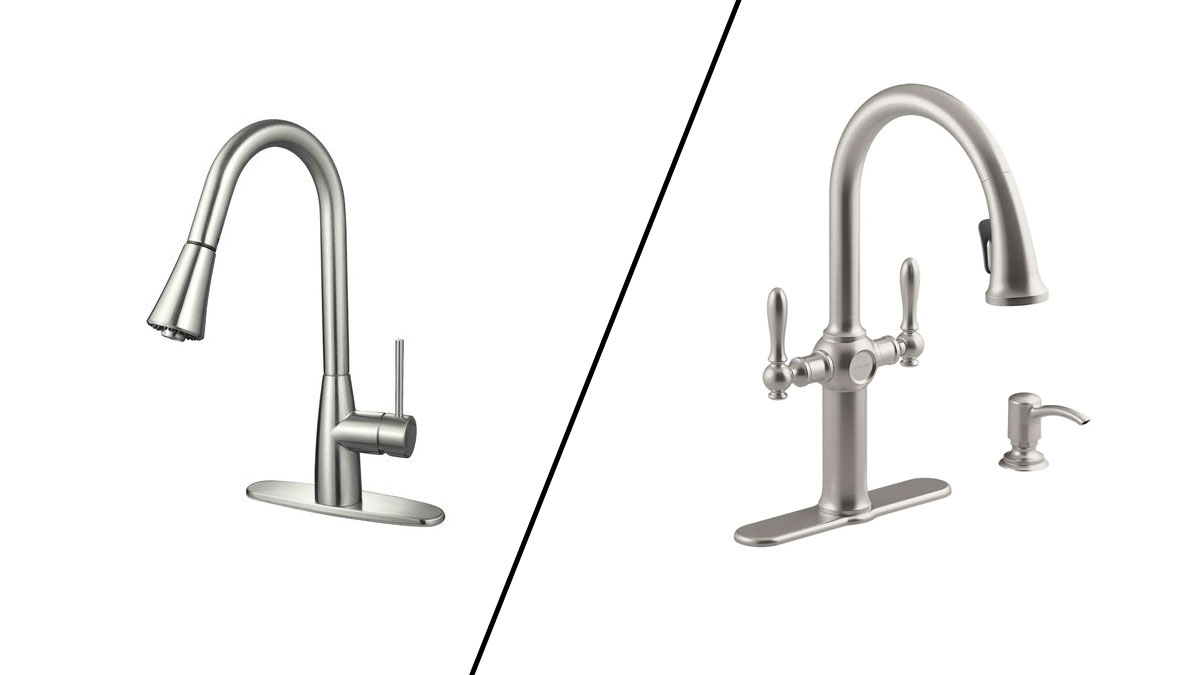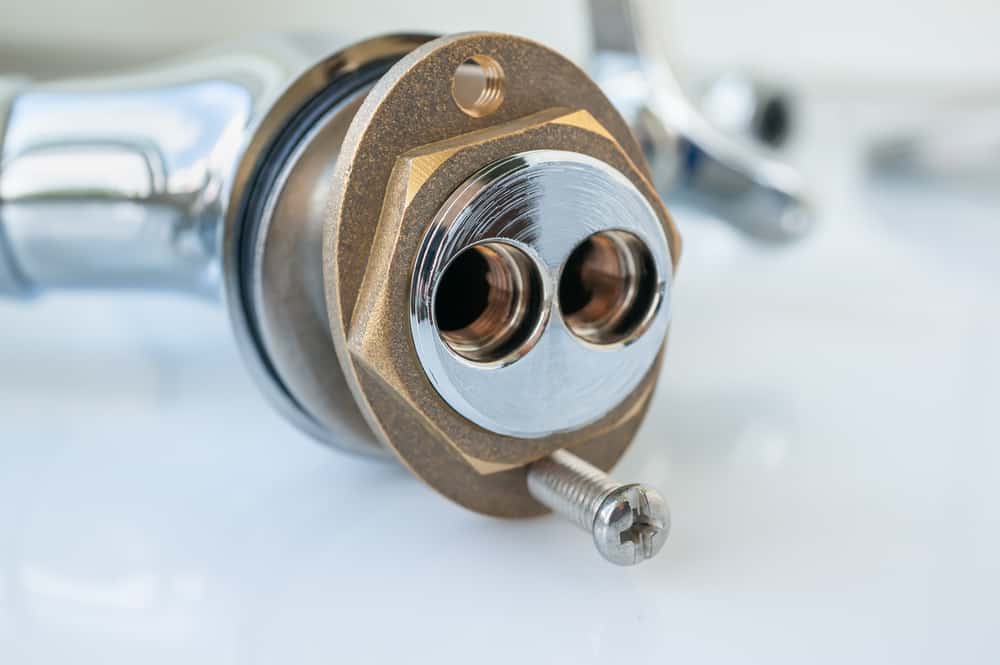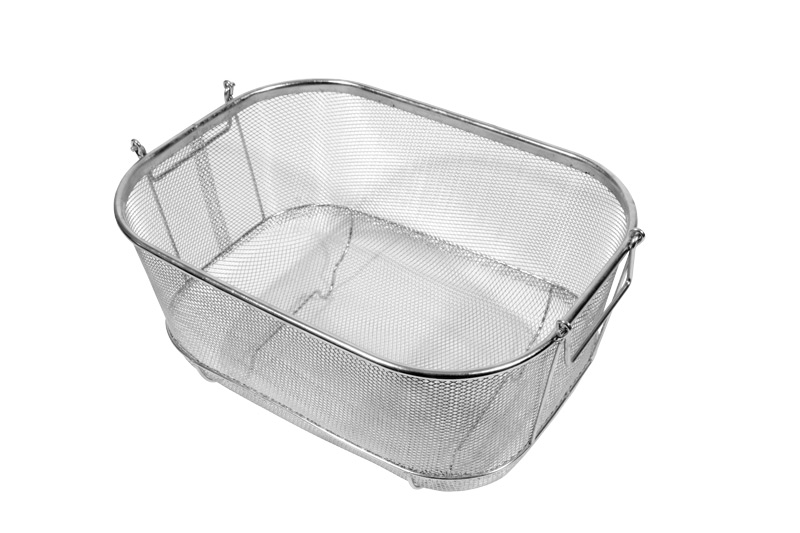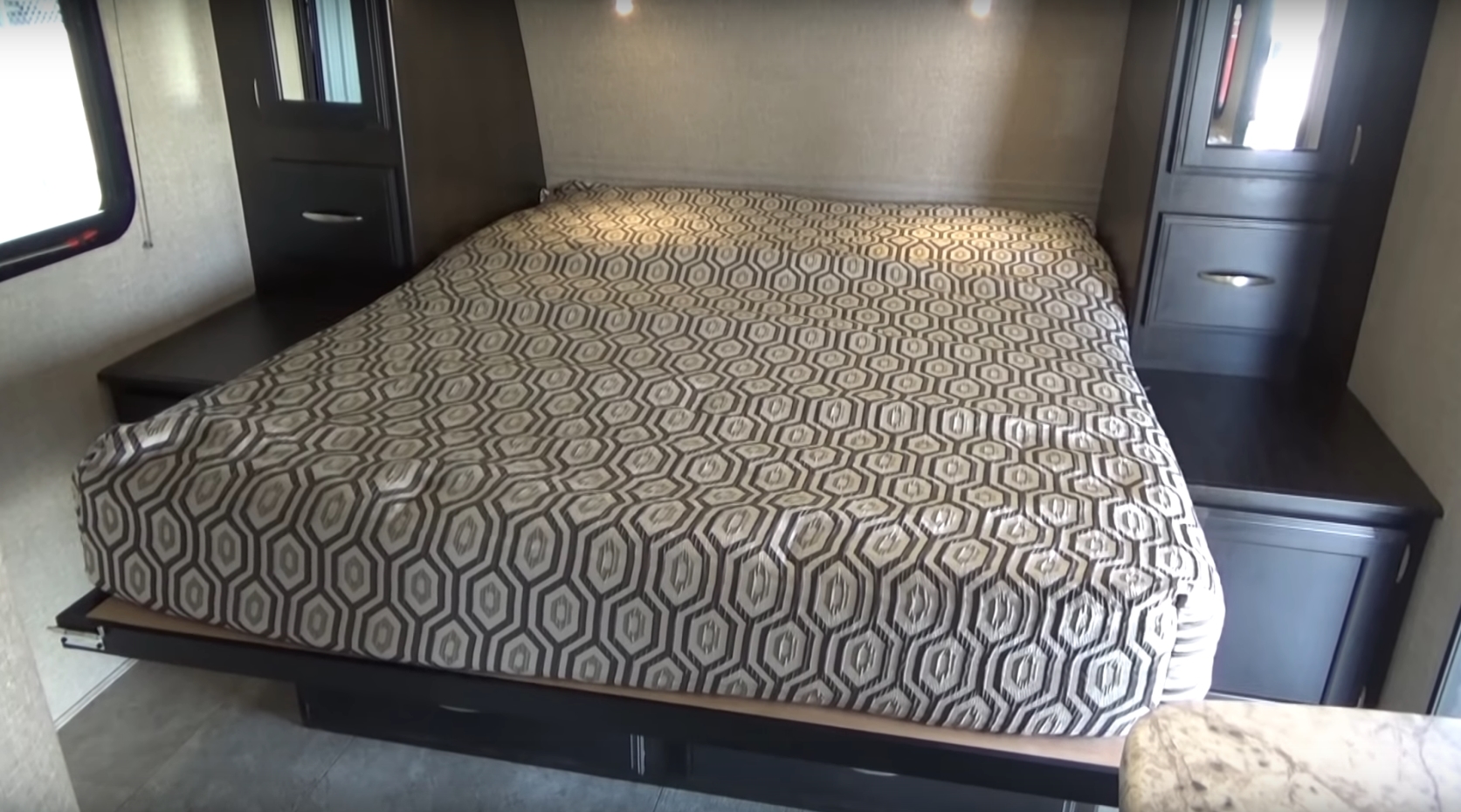Dealing with a faulty kitchen sink faucet can be frustrating, especially if you rely on it daily for cooking, cleaning, and other household activities. The single lever kitchen sink faucet has become a popular choice for many homeowners due to its sleek design and ease of use. However, like any other fixture, it is prone to wear and tear and may require repair over time. If you are facing issues with your single lever kitchen sink faucet, don't panic. In this article, we will discuss the top 10 ways to repair your single lever kitchen sink faucet and get it back to its optimal functioning.How to Repair a Single Lever Kitchen Sink Faucet
A leaky faucet is one of the most common problems faced by homeowners. Not only is it a nuisance, but it can also lead to wastage of water and an increase in your water bill. A leaky single handle kitchen faucet is usually caused by a worn-out O-ring or cartridge. To fix this, first, turn off the water supply to the faucet. Next, remove the handle and replace the O-ring or cartridge with a new one. This should fix the leak.How to Fix a Leaky Single Handle Kitchen Faucet
If your single lever kitchen sink faucet is beyond repair, you may need to replace it with a new one. This may seem like a daunting task, but with the right tools and instructions, it can be done easily. Start by turning off the water supply and disconnecting the water lines. Next, remove the old faucet and install the new one by following the manufacturer's instructions. Finally, reconnect the water lines and turn on the water supply.Replacing a Single Handle Kitchen Faucet
Aside from leaks, there are other common problems that you may face with your single lever kitchen sink faucet. These include low water pressure, a loose handle, and a clogged aerator. To fix low water pressure, clean the aerator and check for any blockages. A loose handle can be tightened with an Allen wrench. And for a clogged aerator, soak it in a vinegar solution to remove any buildup.Common Kitchen Faucet Problems and Solutions
For a more detailed guide on how to repair a single handle kitchen faucet, follow these steps: Step 1: Turn off the water supply to the faucet. Step 2: Disassemble the faucet by removing the handle, escutcheon, and cartridge. Step 3: Check the O-ring and cartridge for any wear and tear. Replace if necessary. Step 4: Clean the faucet parts with a vinegar solution to remove any buildup. Step 5: Reassemble the faucet and turn on the water supply to test for any leaks.Step-by-Step Guide to Repairing a Single Handle Kitchen Faucet
If you are facing issues with your single handle kitchen faucet, there are a few troubleshooting tips that you can try before calling a professional. These include checking the water supply, cleaning the aerator, and adjusting the temperature limit stop.Troubleshooting a Single Handle Kitchen Faucet
While the repair process for both single and double handle kitchen faucets is similar, there are some key differences to keep in mind. For single handle faucets, the O-ring and cartridge are the most common parts that need to be replaced, while for double handle faucets, the washers and seats may also need to be replaced. It is important to identify the type of faucet you have before attempting any repairs.DIY Kitchen Faucet Repair: Single Handle vs. Double Handle
The cartridge is the heart of a single handle kitchen faucet, and if it is damaged or worn out, it can cause a variety of issues. To replace the cartridge, first, turn off the water supply and remove the handle and escutcheon. Next, locate the cartridge and replace it with a new one. Finally, reassemble the faucet and turn on the water supply to test for any leaks.How to Replace a Single Handle Kitchen Faucet Cartridge
A loose handle can be a nuisance and can also cause damage to the faucet over time. To fix a loose single handle kitchen faucet, first, turn off the water supply. Next, tighten the screw located under the handle with an Allen wrench. If the handle is still loose, the handle adapter may need to be replaced.Fixing a Loose Single Handle Kitchen Faucet
To prevent any future problems with your single handle kitchen faucet, here are some tips and tricks to keep in mind: Regularly clean the faucet and its parts to prevent any buildup. Invest in a high-quality faucet to avoid frequent repairs. Don't use excessive force when turning the faucet on or off. If in doubt, consult a professional plumber for repairs.Single Handle Kitchen Faucet Repair: Tips and Tricks
The Importance of Maintaining Your Kitchen Sink Faucet

Why Proper Maintenance is Essential
 Proper maintenance of your kitchen sink faucet is crucial for the overall functionality and aesthetic of your kitchen. Not only does it ensure smooth operation of the faucet, but it also prevents potential water damage and costly repairs in the future. As one of the most frequently used fixtures in the kitchen, the sink faucet is subject to wear and tear over time. This makes it important to regularly inspect and repair any issues that may arise to keep your faucet in top condition.
Proper maintenance of your kitchen sink faucet is crucial for the overall functionality and aesthetic of your kitchen. Not only does it ensure smooth operation of the faucet, but it also prevents potential water damage and costly repairs in the future. As one of the most frequently used fixtures in the kitchen, the sink faucet is subject to wear and tear over time. This makes it important to regularly inspect and repair any issues that may arise to keep your faucet in top condition.
Common Problems with Single Lever Kitchen Sink Faucets
 Single lever kitchen sink faucets are a popular choice among homeowners due to their sleek design and ease of use. However, like any other faucet, they are prone to certain issues that may require repair. One common problem is a leaky faucet. This can be caused by a worn out cartridge, which controls the flow of water. Another issue is a clogged aerator, which can cause low water pressure or a spout that sprays water in all directions. These problems can be easily fixed with the right tools and knowledge, saving you the cost of hiring a professional plumber.
Single lever kitchen sink faucets are a popular choice among homeowners due to their sleek design and ease of use. However, like any other faucet, they are prone to certain issues that may require repair. One common problem is a leaky faucet. This can be caused by a worn out cartridge, which controls the flow of water. Another issue is a clogged aerator, which can cause low water pressure or a spout that sprays water in all directions. These problems can be easily fixed with the right tools and knowledge, saving you the cost of hiring a professional plumber.
The Repair Process
 Repairing a single lever kitchen sink faucet may seem daunting, but with the right steps, it can be a simple and straightforward process. The first step is to gather all the necessary tools and materials, including a replacement cartridge, aerator, and plumber's tape. Next, turn off the water supply to the faucet and remove the handle and spout to access the cartridge. Replace the old cartridge with the new one and reassemble the faucet. If the issue is a clogged aerator, simply remove it and clean out any debris before reattaching it. Remember to use plumber's tape to ensure a tight seal for all connections.
Repairing a single lever kitchen sink faucet may seem daunting, but with the right steps, it can be a simple and straightforward process. The first step is to gather all the necessary tools and materials, including a replacement cartridge, aerator, and plumber's tape. Next, turn off the water supply to the faucet and remove the handle and spout to access the cartridge. Replace the old cartridge with the new one and reassemble the faucet. If the issue is a clogged aerator, simply remove it and clean out any debris before reattaching it. Remember to use plumber's tape to ensure a tight seal for all connections.
Preventative Measures
 While it's important to know how to repair your kitchen sink faucet, it's equally important to take preventative measures to avoid future issues. Regularly cleaning and maintaining your faucet can help prevent buildup of mineral deposits and clogs. Also, be mindful of what you put down your drain, as certain substances can cause damage to your faucet and pipes. Lastly, don't ignore any small issues that may arise, as they can quickly escalate into larger problems if left unattended.
While it's important to know how to repair your kitchen sink faucet, it's equally important to take preventative measures to avoid future issues. Regularly cleaning and maintaining your faucet can help prevent buildup of mineral deposits and clogs. Also, be mindful of what you put down your drain, as certain substances can cause damage to your faucet and pipes. Lastly, don't ignore any small issues that may arise, as they can quickly escalate into larger problems if left unattended.
Conclusion
 In conclusion, proper maintenance and timely repairs are essential for keeping your single lever kitchen sink faucet in top condition. By being proactive and following the necessary steps, you can save yourself the hassle and expense of dealing with a malfunctioning faucet. Remember to take preventative measures and address any issues promptly to ensure the longevity and functionality of your kitchen sink faucet.
In conclusion, proper maintenance and timely repairs are essential for keeping your single lever kitchen sink faucet in top condition. By being proactive and following the necessary steps, you can save yourself the hassle and expense of dealing with a malfunctioning faucet. Remember to take preventative measures and address any issues promptly to ensure the longevity and functionality of your kitchen sink faucet.

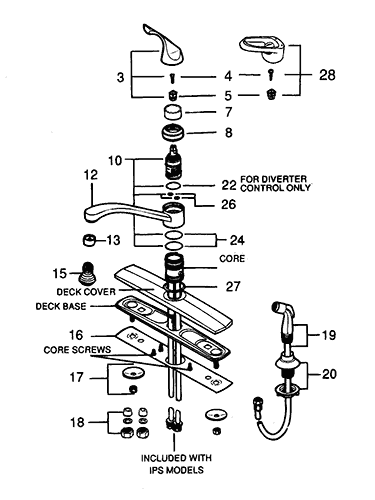
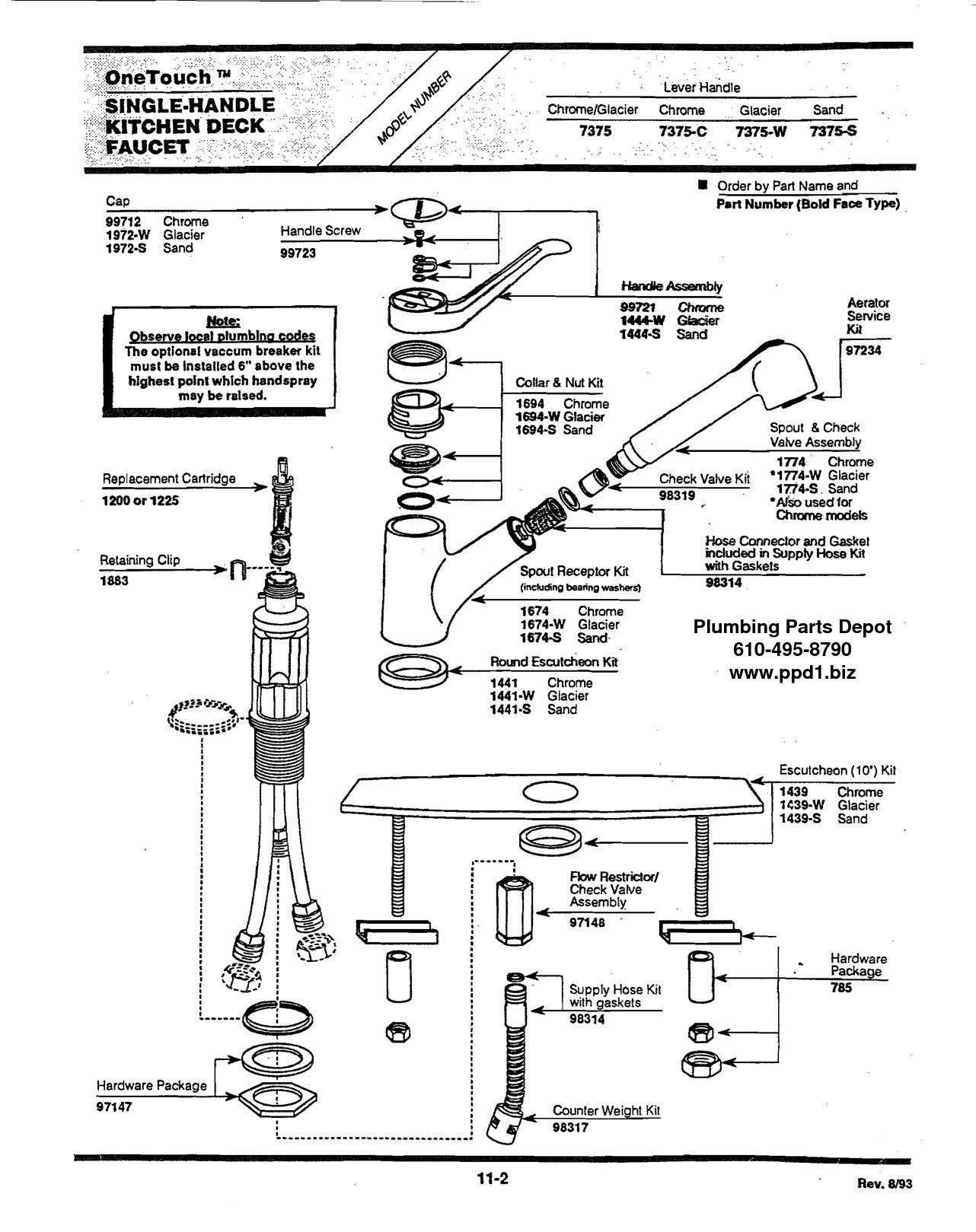


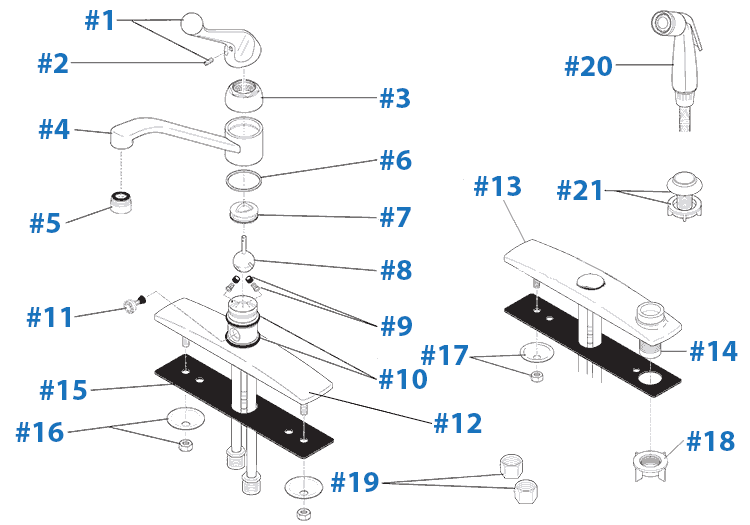





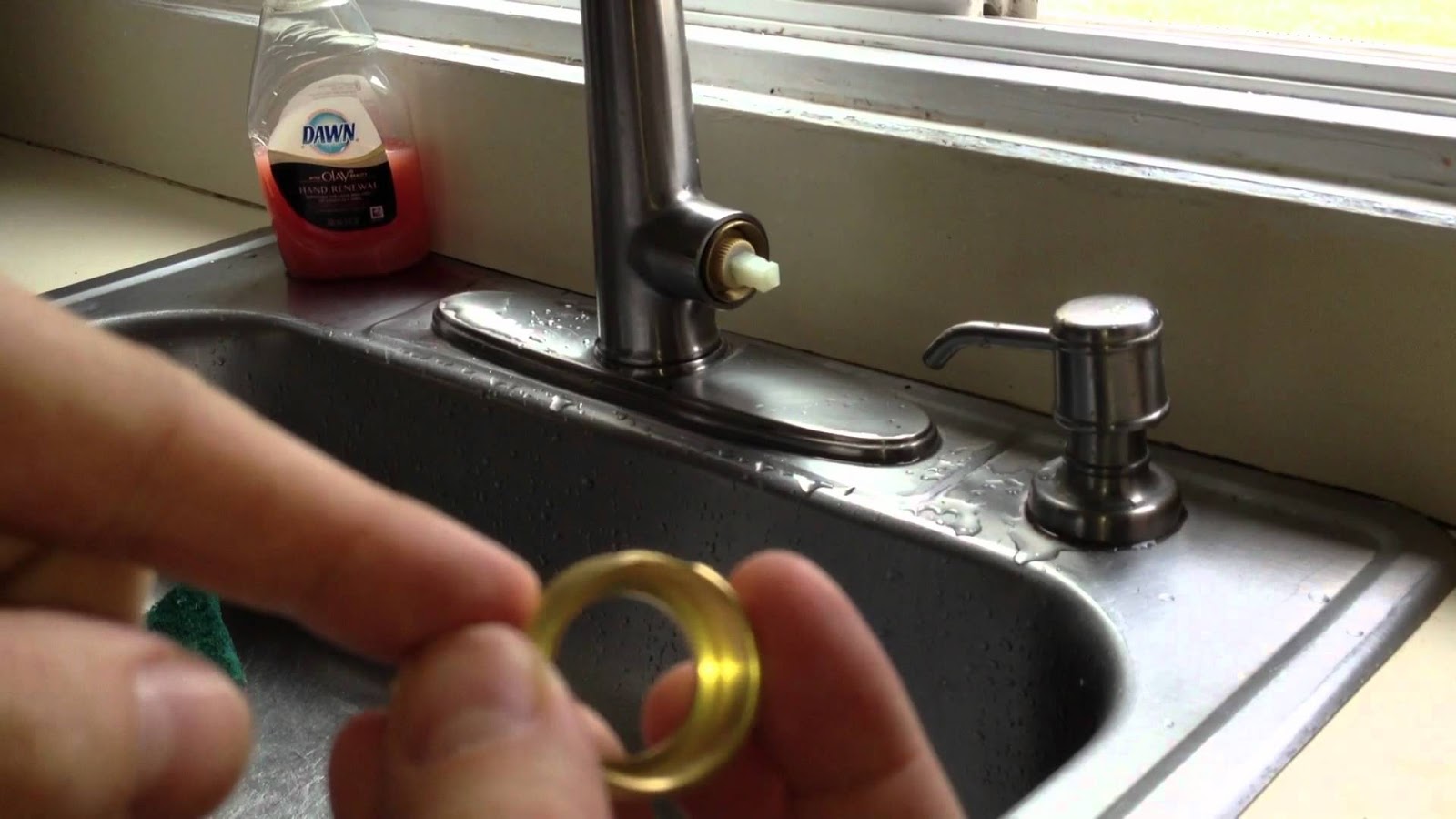
:max_bytes(150000):strip_icc()/repairing-a-single-handle-disk-faucet-1824878-hero-b3daee9af5174d8f9b9cb4a2582e7140.jpg)



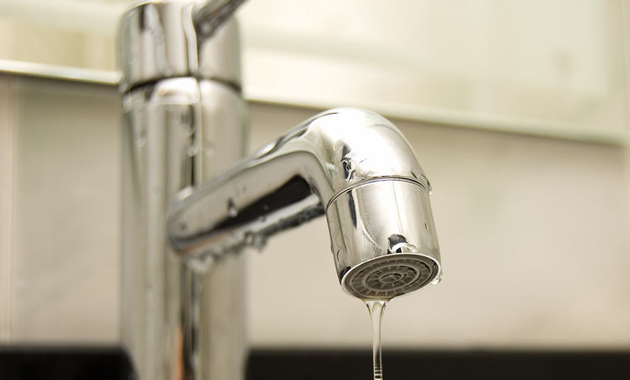

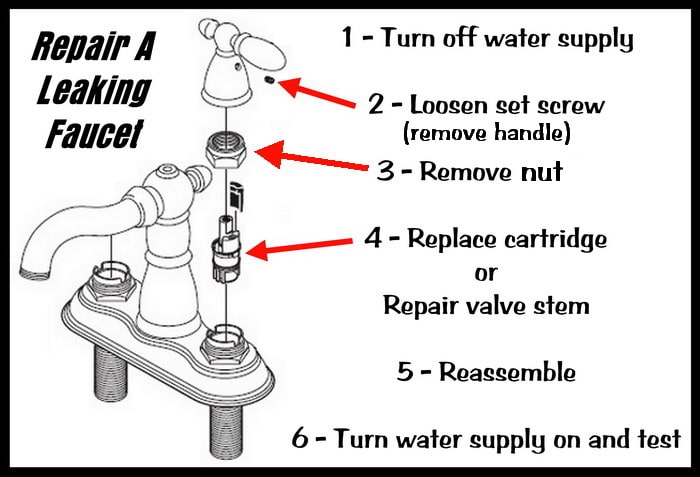
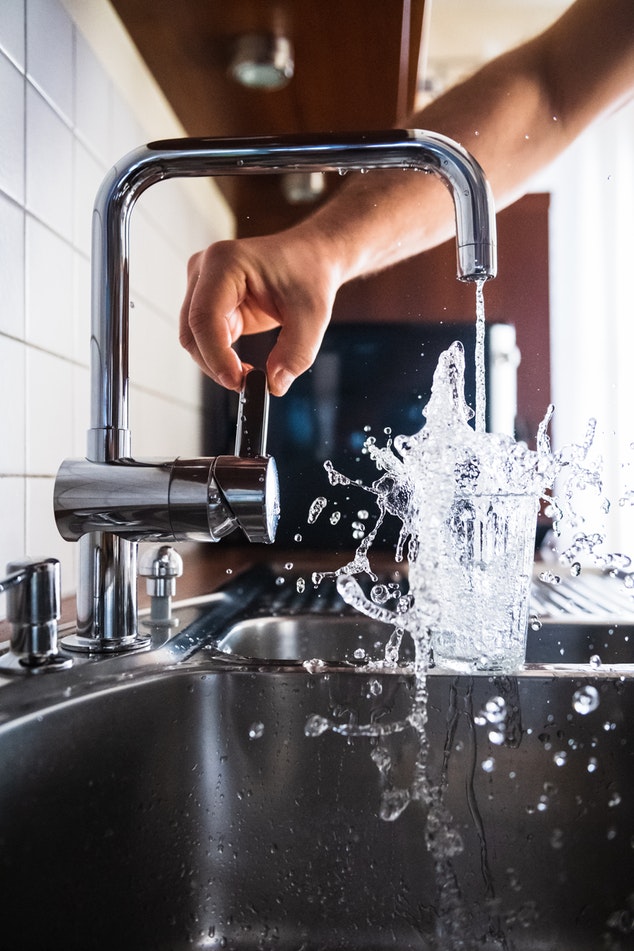

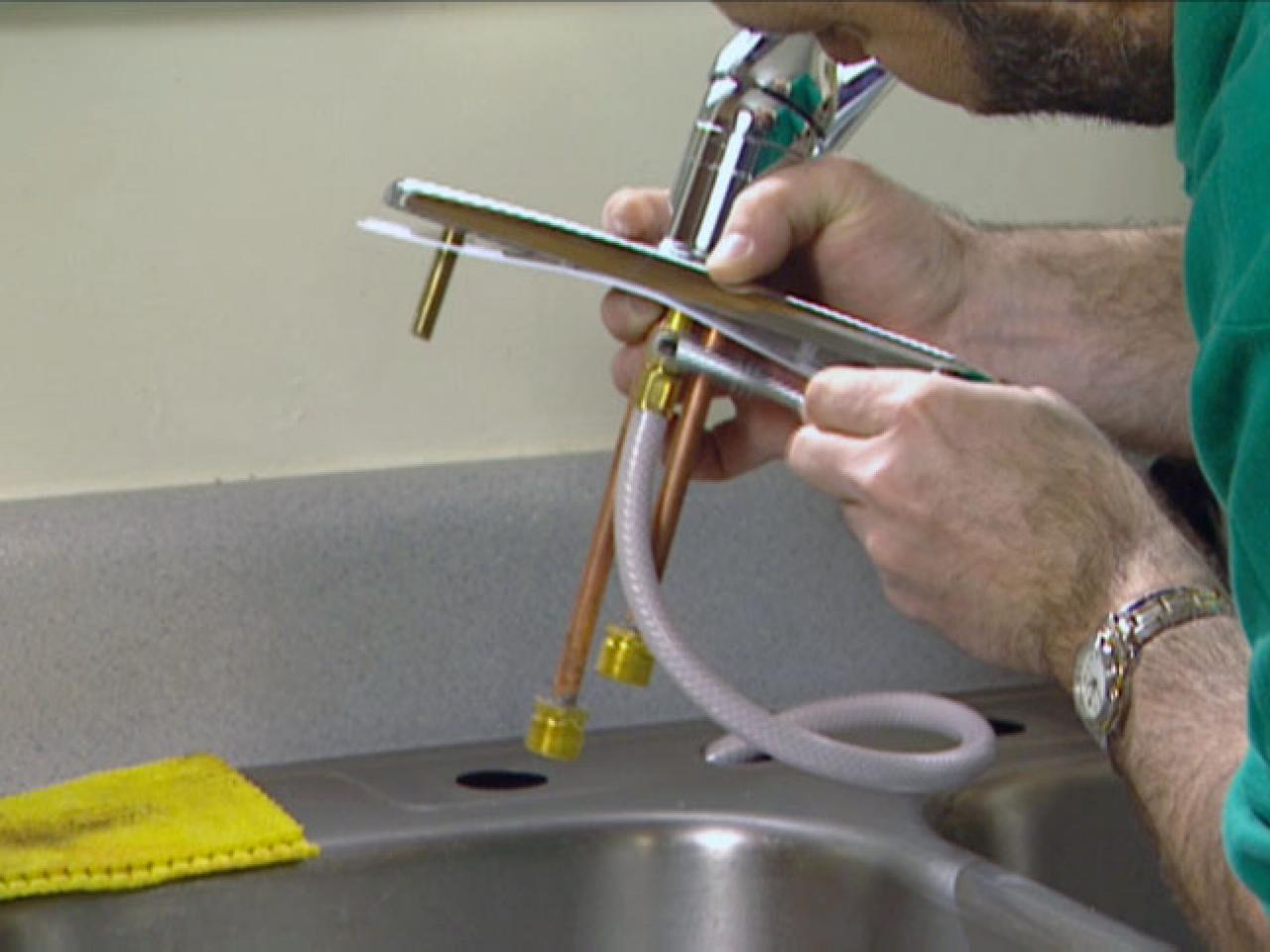
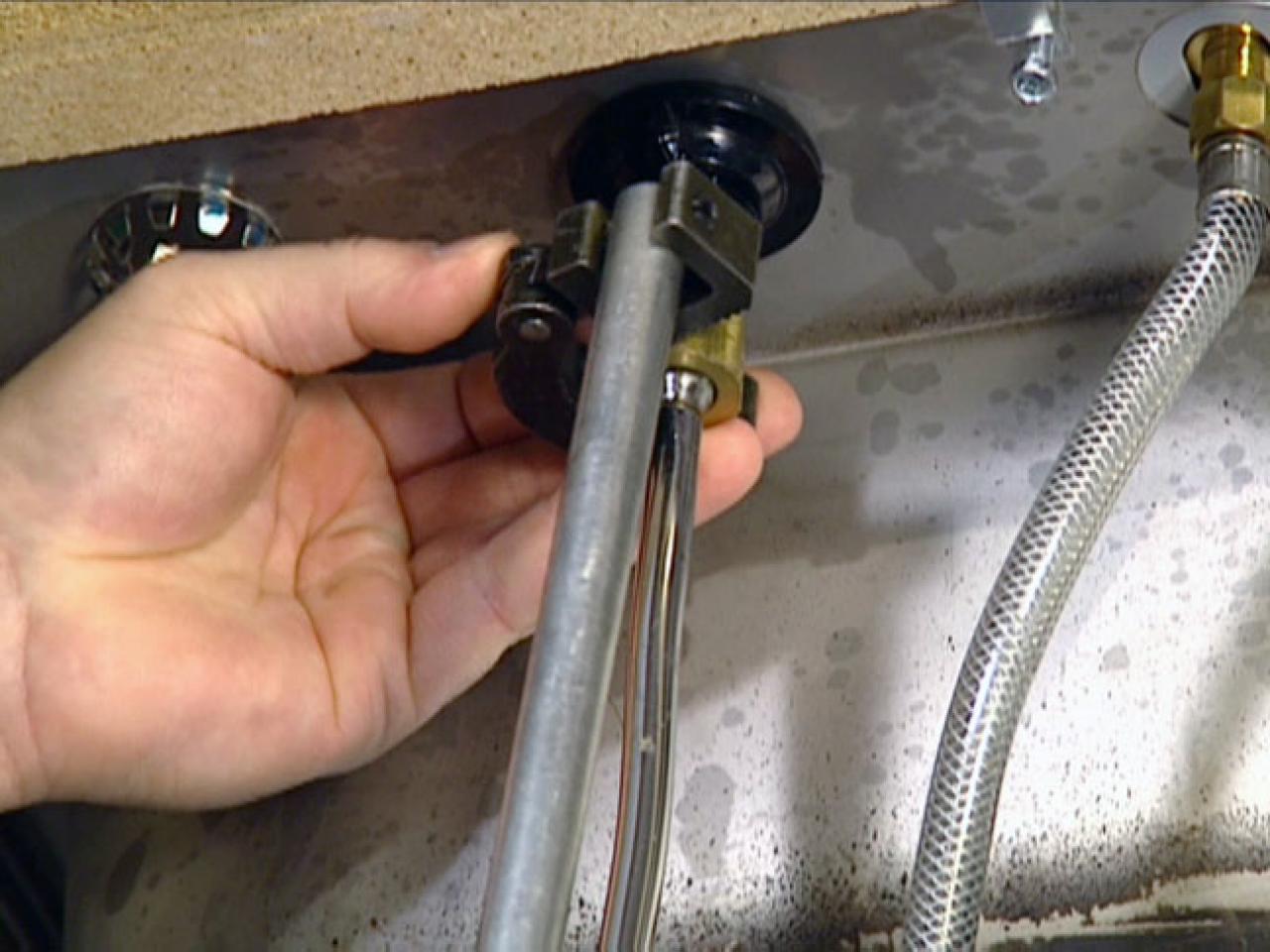
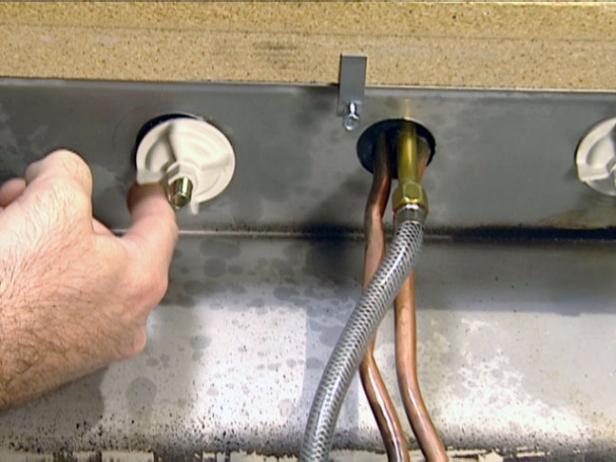




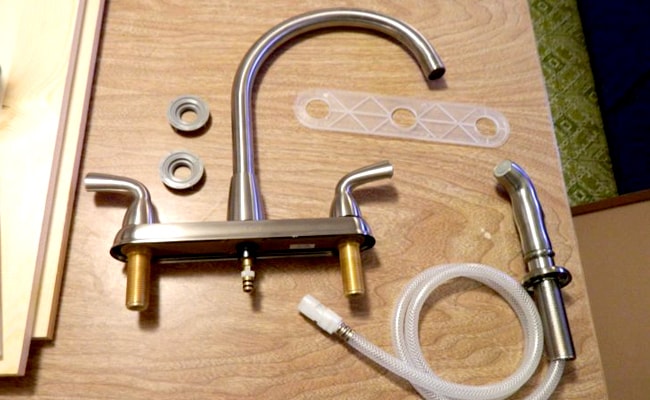
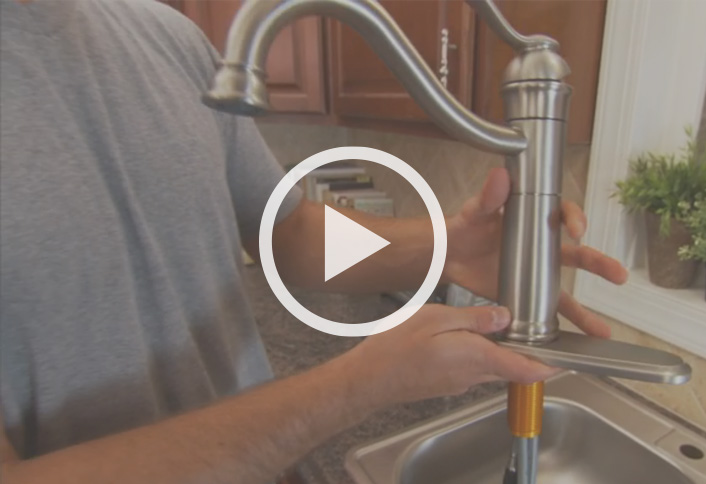
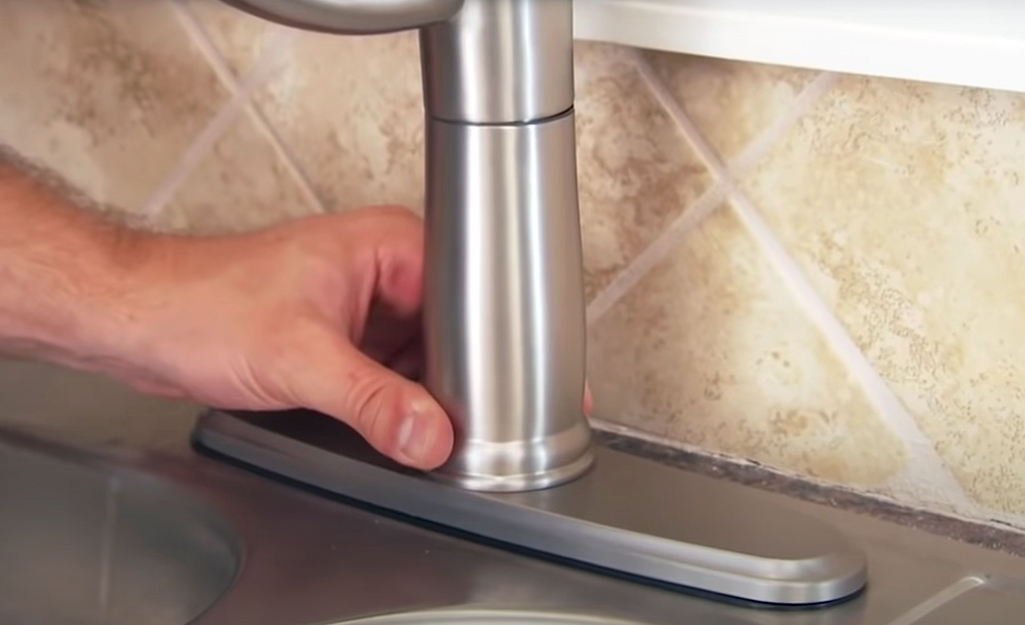









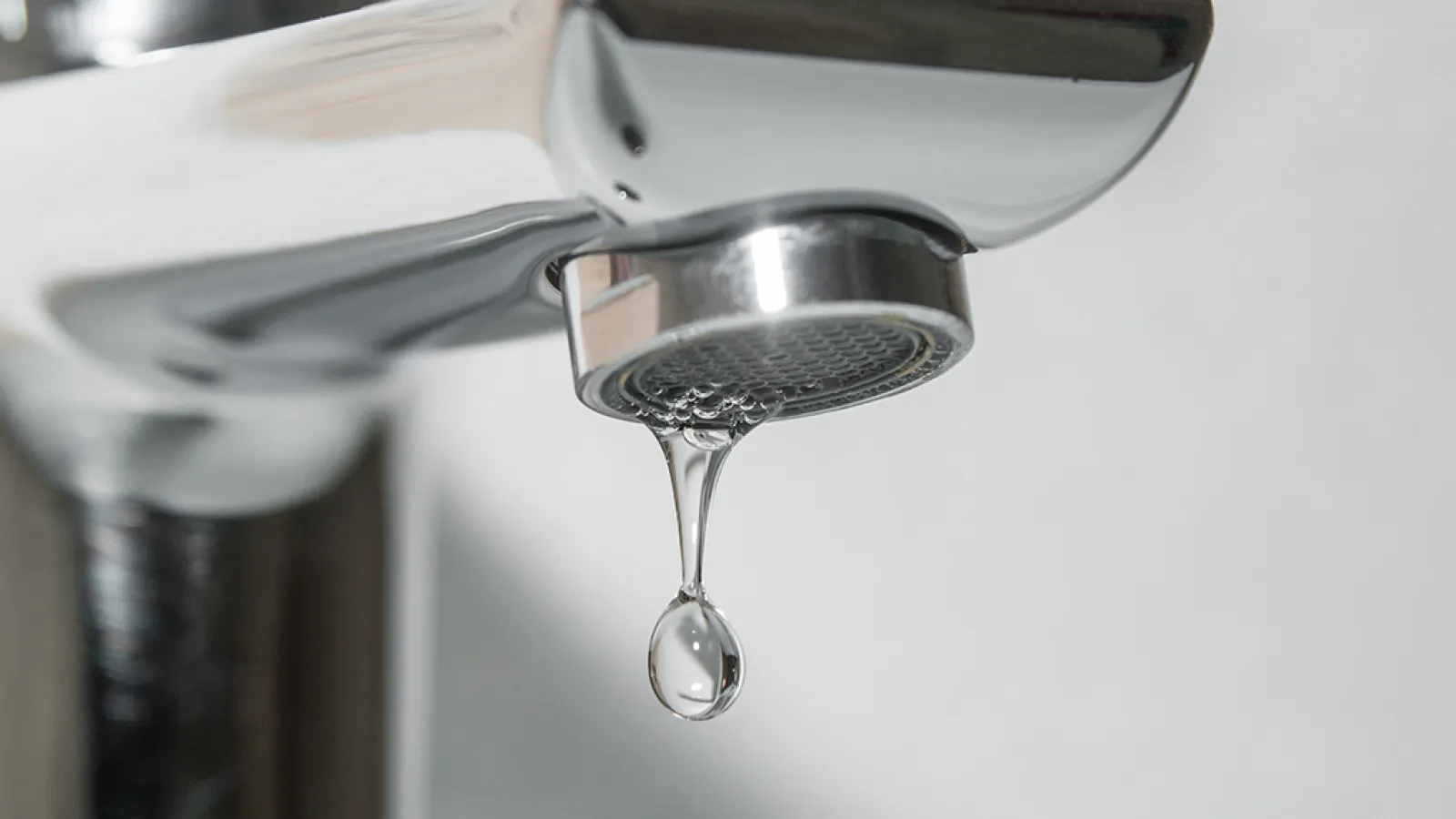

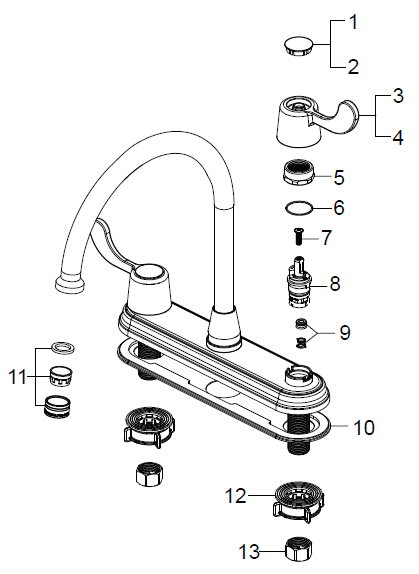



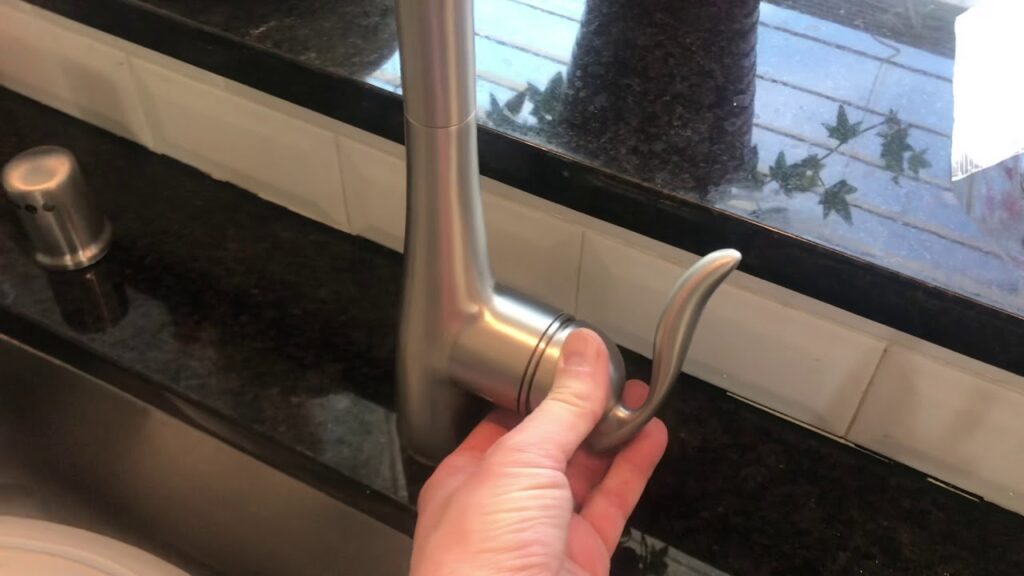

/repairing-a-single-handle-disk-faucet-1824878-06-443e3063ba28420abd54f6e932c0fd6f.jpg)



